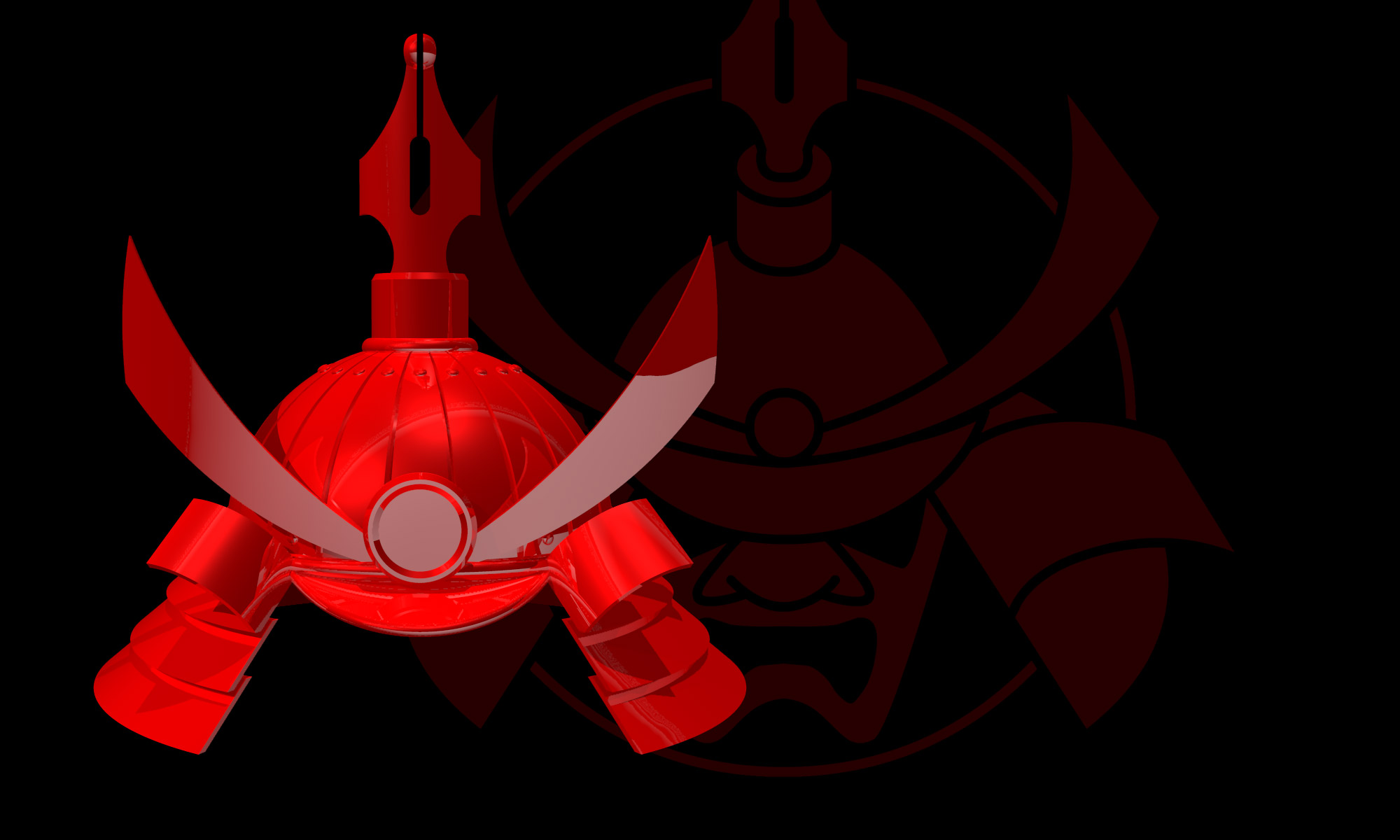I'm working on a new Fudebakudo frame at the moment. I used (and continue to use) the same set of pens, given to me by a special friend, for all the Fudebakudo cartoons. These are Rotring Rapidograph, and I use four different widths, working on marker pad over a light-box. I usually sketch in pencil or fibre-tip pens first, sometimes sketching the same thing again and again and again before inking-in. Of course other stuff in Fudebakudo is entirely digital (for example, the ninja — although the background was done in felt-tip pen first), and there's even a tiny bit of POV-Ray inside the book (the electron microscope scans of the blades on p.52, if you care). So Fudebakudo really is an MMMA (mixed media martial art).
What prompted today's entry was recently reading a Pixelsurgeon interview with the accomplished American illustrator Bob Staake in which he says:
I love to draw, but I also enjoy pushing around a cursor here and there. Nothing pisses me off more than old-school artists who somehow feel that creating art on a computer is somehow easy, or worse, isn't legitimate. Anyone can drip a paintbrush into some india ink and slosh it across a piece of drawing paper. It takes a special talent to do the same thing with a mouse and a machine that can crash in a moment's notice.
Incidentally, if you're interested in how some people work (and I know most people don't think they would ever be), there's a great little video on YouTube showing his surprising technique (music by the artist, I believe).
You're looking for a oonnection with the martial arts here? Well, there doesn't have to be one, since this post is about production, which is what is concerning me right now. But there is something explicit from my on-the-mat training that crossed over directly to my drawing technique (not to mention the whole business of repetitive practice, and observation, and, well, a whole load of connections actually). And that is breathing.
An old aikido friend, years ago, drew my attention to this and subsequently I noticed I held my breath when drawing long lines (like borders, which often sneak into my cartooning style). In general, especially in the internal or soft martial arts (although some people are surprised to discover it matters when you learn to use a sword properly, too), how you breath is important. Obviously I don't mean exhaling with a shriek or power-grunt when you slam your fist into somebody, but the more subtle stuff in all the movements around that. You're rarely told this to begin with, but later you start to notice that some of the people who are really good have worked it out, and sometimes they even tell you about it when you ask them.*
So when you look at a long line in a Fudebakudo cartoon (yes, the long lines are the ones that tend to wobble a bit) you can be confident that I was breathing out (not in; not holding my breath) when I drew it. A little bit weird, no?
* Not always, though. I was once present when an eccentric Japanese sensei got very angry when someone asked him about how they should be breathing. So pick your moment carefully.

